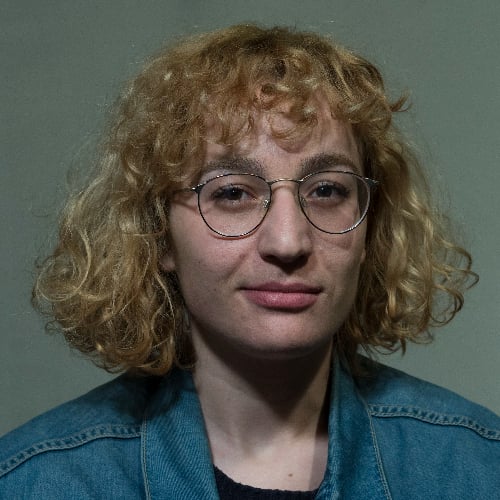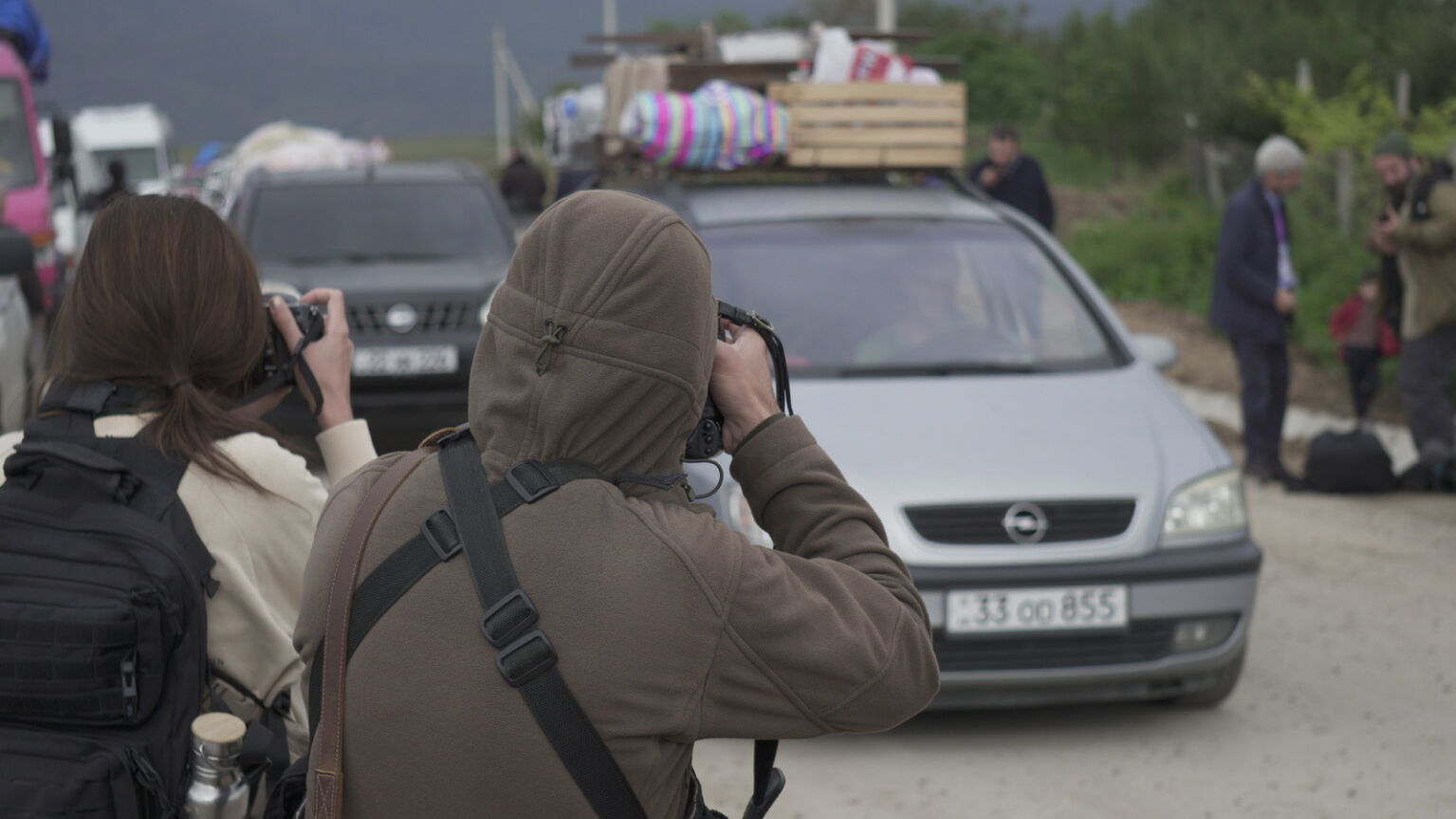After Azerbaijan’s blitzkrieg in Nagorno-Karabakh, there was a mass migration of Armenians to Armenia. This event caught the attention of the international press. Almost all the leading media corporations, including BBC, Al Jazeera, Reuters, CBC News, Euronews, among others, sent film crews to Goris. Since these organizations did not have local offices and were unfamiliar with the Armenian language and context, they invited Armenian journalists to help them.
The profession of assisting international journalists is known as a “Fixer.” In the past, international reporters moved to foreign countries, lived there, and covered local events. However, nowadays, they only go to countries during times of crisis to save money. This means that they require the help of local fixers, who can assist them in finding sources, warn them of local dangers, translate interviews, and perform other important tasks.
In war situations, journalists are often accompanied by helpers who are equally vulnerable to harm. In 2006, the Committee for the Protection of Journalists recognized the importance of media workers and classified them as a separate profession. This classification helps track the number of victims or injuries sustained among fixers. During the 2020 Karabakh war, an Artsakh fixer assisting foreign correspondents lost his life. Fixers are usually less protected once their hiring team departs after completing the job. In Iraq and Afghanistan, fixers were frequently targeted after American journalists who hired them left.
The invisible editor
At first glance, the cooperation between an international journalist and a fixer benefits both parties. The journalist can easily prepare a story, and the fixer receives a high salary commensurate with the daily wage of international labor.
But unlike the journalist, editor, or cameraman, the name of the fixer does not appear in the list of authors of the material. Colleen Murrell, a researcher at the Reuters Institute, considers this unfair. She has written a scientific paper on the editorial role of fixers. Murrell argues that fixers provide a “local” perspective to the material, making international content more inclusive and “decolonized”.
“Good or bad international news coverage depends on the fixer,” noted Howard Tumber and Frank Webster in their book Journalism Under Fire (2006).
An Armenian fixer’s experience
Hetq media factory graduate Arpine Hovhannisyan, worked as a fixer for Canadian TV station CBC News, covering the displacement of Artsakh residents. She considers the lack of copyrights a problem. “It was disheartening not to be credited, but I know that’s the industry standard,” she says.

Arpine Hovhannisyan, journalist
Arpine worked as a fixer to share the truth with a broader audience. She chose to write extensively in the English language press due to its large audience and potential to influence attitudes.
Arpine suggests that when speaking to international journalists, it is essential to provide more detailed context, as unlike locals, they may not understand certain things without explanation. She emphasizes that the humanitarian situation in Kornidzor and Goris was challenging and required a certain level of sensitivity that some foreign journalists may have needed to be made aware of. After staying on the road for a prolonged period without food, water, and proper rest, the people were in no condition to be interviewed. The reporter was especially disturbed by an incident where one of the girls got tearful, and one of the cameramen took a picture of her, which was unacceptable to her.
Aram Panosyan worked as a fixer for several renowned media outlets, such as Der Spiegel, Le Monde, and The Independent.
“They asked obvious and anticipated questions. In my opinion, journalistic talent is not in the questions, but in the ability to present all this information in a concise article,” says Aram.
He says that some media were interested in the geopolitical consequences of the situation, while others were only looking for tearful scenes and emotional images.
“As locals, we understand the Karabakh conflict better than international reporters who only visit Armenia for a week. Despite not expecting international coverage, I felt responsible for telling them the truth. Even those correspondents often did not have any expectations. One of the correspondents answered a displaced woman from Artsakh’s question about why the international community allowed all this by saying, “Because you don’t have oil,” recalls Aram.
As a fixer, Aram prioritizes presenting reality in his work.
As a fixer, I believed it was crucial not to contribute to the self-deceptive propaganda in the Armenian media, which has not yielded any positive outcomes for our country. I hold the institutions, including the media, responsible for our people’s low standard of living. They have always written about our history with exaggerated pathos, toasts, and myths. As for our army, they have never questioned its glory, and to avoid aiding the enemy, they have brushed aside all relevant issues.
You can enroll in the Conflict Coverage online course the Media Initiatives Center offers to gain advanced skills in working with international journalists.







